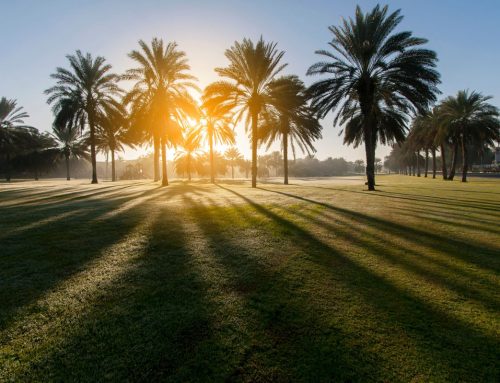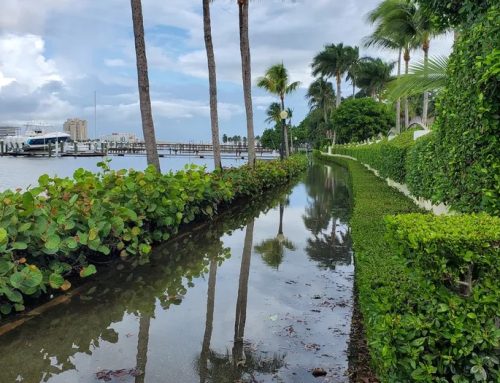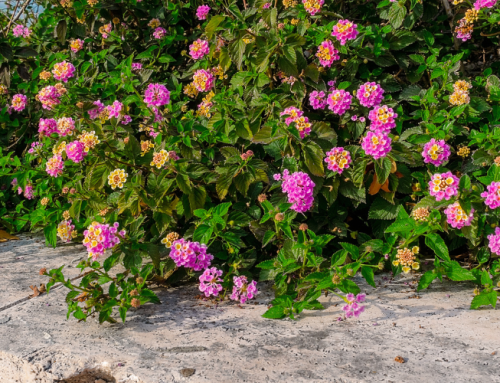Planting a tree is an investment in the future, but it requires careful consideration and planning. Before envisioning the shade and beauty it will provide, it’s essential to assess the site and ensure the tree’s suitability for its surroundings. Too often, haphazardly planted trees cause issues down the line, from obstructing views to interfering with infrastructure. By taking the time to evaluate the planting site and ask critical questions, you can avoid future headaches and create a landscape that thrives. In this article, we will explore what to know before planting, from the key considerations for selecting the perfect tree, ensuring its hardiness, compatibility with the site’s conditions, and long-term impact. Let’s dive in and plant with foresight for a healthier and more harmonious environment.
Things to Know Before Planting
Evaluate your planting site
When planting a tree, it’s essential to envision its growth and potential impact on your surroundings in the years to come. Will it obstruct a scenic view, entangle in power lines, succumb to storms, or disrupt a sidewalk? These are crucial questions that should be addressed before planting a tree. Take a moment to observe the haphazardly planted trees in your neighborhood and learn from them. By evaluating your planting site thoroughly, you can save time, money, and avoid future headaches. To help you choose the right tree, consider the following key factors.
Hardiness is paramount
Since most of Charlotte County falls within hardiness zones 9B and 10A, it’s crucial to select trees recommended for these areas to ensure their hardiness. These zones dictate the specific climate conditions and temperature ranges in the region. However, it’s important to note that “microclimates” may exist near buildings, bodies of water, or other structures, creating localized variations in temperature. These microclimates can provide slightly warmer or cooler conditions than the surrounding area, influencing the tree’s ability to thrive. Taking these factors into consideration will help you choose trees that are better suited to the specific conditions of your planting site.
Light exposure
Assessing the light exposure at your planting site is another essential step in selecting the right tree. Different tree species have varying light requirements, ranging from full sun to part shade or full shade. Evaluate the amount of sunlight the proposed location receives throughout the day. Determine whether it receives six or more hours of direct sunlight, two to five hours of partial sunlight, or less than two hours of indirect sunlight. Matching the tree’s light requirements with the site’s light conditions will contribute to its overall health and growth.
Understand the soil
Understanding the soil composition and quality is vital for the successful establishment of trees. Conducting a soil test is highly recommended, especially in residential-fill soils, which may have different characteristics than native soils. A soil test will provide valuable information about the soil’s pH levels, nutrient content, and overall fertility. This knowledge allows you to make any necessary amendments or select trees that are well-suited to the existing soil conditions. Additionally, assess the drainage conditions and the water table in the planting area. Trees vary in their tolerance to standing water, so it’s important to choose species that can thrive in the specific moisture levels of your site.
In coastal areas, it’s essential to consider the salt tolerance of tree species. Salt can be present in the air or in the soil due to proximity to the ocean. Some tree species are more tolerant of salt exposure than others, so selecting salt-tolerant varieties will ensure their survival and minimize the risk of damage.
Be mindful of your surroundings
Consider the presence of hardscapes and nearby structures when selecting a tree for planting. Take note of sidewalks, driveways, walls, and other physical features near the planting site. Ensure that the tree will have sufficient space to grow without causing any interference or damage to these structures. Keep a minimum distance of fifty feet between the planting area and swimming pools, septic tanks, drain fields, and underground utilities. Also, be mindful of street lights and overhead wires. Pruning branches away from these structures will prevent potential hazards and maintain the tree’s long-term health and integrity. Lastly, it’s crucial to be aware of the presence of underground utilities in the planting area. Before digging, always call 811 to have underground utility lines marked to avoid any accidental damage or disruption of essential services.
Understanding what to know before planting is crucial before embarking on any tree planting project. By taking the time to assess your planting site, evaluate factors such as hardiness, light exposure, soil conditions, nearby hardscapes, and other considerations, you can make informed decisions that will benefit your landscape for years to come. However, if you find the process overwhelming or need professional guidance, don’t hesitate to reach out to a trusted landscaping company. At Cutters Edge we can provide valuable insights and ensure that your tree planting project is a success. With the assistance of our experts, you can create a beautiful and thriving landscape that enhances the aesthetic appeal of your property while considering the long-term health and safety of your trees. Contact us today for a free quote.





